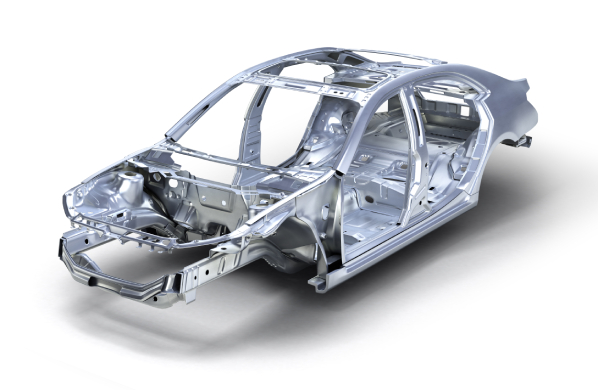Vehicle Body Engineering: BIW, Chassis

Hybrid Aluminium sheet metal parts and use of composites leading to the development of lightweight structure are the latest design trends in the vehicle body and chassis structures. Simulations are integral part of Vehicle body engineering. Over the years, we have developed very good hands on in the areas of Car crash, Strength, Stiffness, NVH and durability related to the vehicle body engineering.
Implementation of batch meshing and optimization of batch mesh parameters are some of the interesting method development projects carried out at our end. Those projects resulted in the significant time and cost savings for our customers.
ESPL has extensively worked on the following different crash simulations based on different global safety standards.
Load Case (Full Vehicle)
- Frontal Crash
- Rigid barrier
- Deformable barrier
- Offset impact
- Pole impact
- Side Crash
- Rear Crash
- Rollover
Safety Standards
- FMVSS
- IIHS
- ECE
- Japanese NCAP
- Chinese NCAP
- ANCAP
- AIS
Vehicle Body: Durability & NVH
Full Vehicle Strength & Stiffness
- Bending/ Torsional Stiffness
- Usage/Working Loads
- Isofix & Belt Pulling
- Top tether
- Rollover Stiffness
- Closure compatibility analysis
Door Assembly
- Window Frame Lateral Rigidity
- Door Torsional Rigidity
- FMVSS Latch and Hinge retention
- Door Belt Static Strength
- Full Open Overload Strength
Chassis
- 3g vertical Loading Analysis
- Longitudinal/Lateral/ Cornering Loading
- Jounce Analysis
- Twist Analysis
- Brake Windup Analysis
NVH Load Cases
- BIW normal mode analysis
- Harmonic Vibration (FRF) Simulation
- Random Vibration Simulation
What are the requirements of side crash for an electric vehicle? What are the safety requirements for the modelling a battery pack in crash simulation? If you would like to know the answers for these interesting questions, kindly contact us.